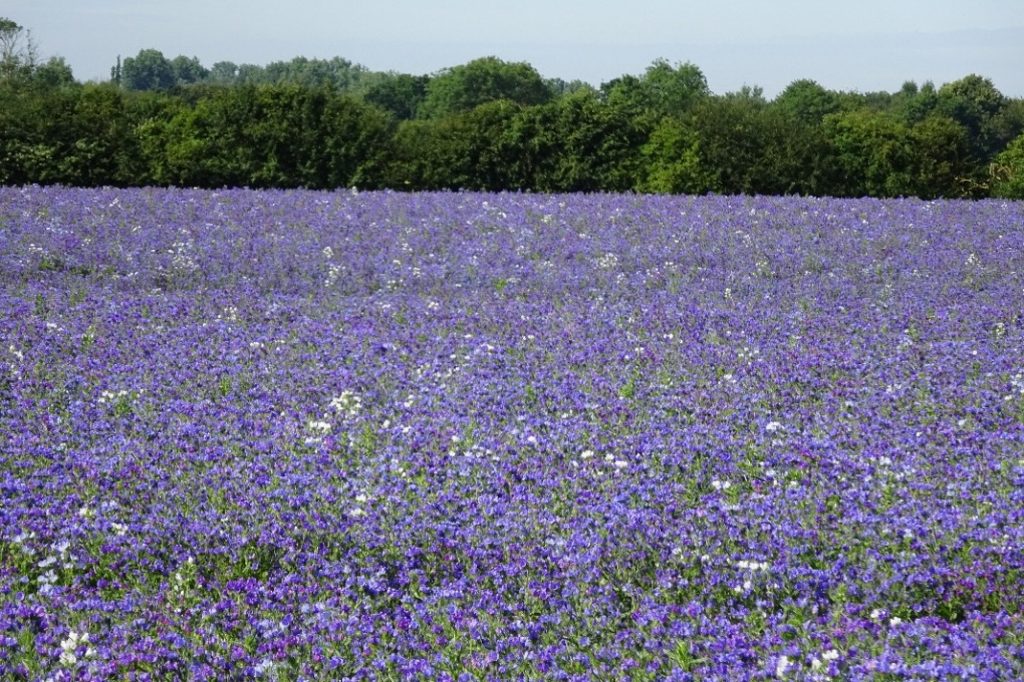
This week we have been doing our bit to save a colony of honey bees.
We were asked to take a look at a hive left by someone giving up beekeeping with some people who had decided this was their opportunity to become beekeepers themselves.
Its new owners had done all the right things. They had bought new equipment to replace the old dilapidated hive and had joined the local beekeepers association to learn what to do, hence asking us to help.
We found a very small colony on old comb with a disorganised mix of frame types and an area where they had been left to make comb as they wished, which you can see on the far right of this picture. The bees we found looked healthy.
The problem was that we couldn’t inspect the bees in this wild comb as it was fixed to the box. It was also, of course, where the bees had decided to live.
So what to do?
We cut the ‘wild comb’ out of the box and carefully placed it between some nice new frames in their new, clean hive. As the bees gradually move onto the new comb, the wild comb can be removed. There are only a couple of cups of bees in there, perhaps a few hundred, whereas a full colony should have upwards of 30,000 bees at this time of year. But they have their queen and there is plenty of nectar around so they have a better chance of surviving now.

This picture shows what we found once we had cut the comb free from its old box. There is everything a colony needs to survive, only on a very small scale.
Right in the centre is the queen, with her female worker attendants surrounding her.
You can see the pearly white bee larvae in cells around her. These will pupate and be sealed into the cell by the worker bees, creating the domed ‘biscuit’ coloured cells you can see around her. In a few days time new bees will chew their way out of the capped cells and start to contribute to the future of the colony.
For food, you can see the nectar the bees have recently collected glistening in the cells on the left and bottom third of the picture. This will have the water driven off by the bees fanning it and, with a little magic from the bees, will become honey.
Then you can see a band of differently coloured cells, with a matt finish. This is pollen from different flowers and trees. See my previous post about the number of different pollen types found in our honey. The pollen is protein to the bees and is used to feed the young larvae as they develop.
So, these bees have everything they need. It is going to be an uphill struggle for them to grow from such a small colony. But, they have a good home, a queen, and some keen new beekeepers to look after them. All they need now is nice weather and a bit of luck.



 At this time of year there isn’t much available by way of forage for them, but the odd crocus and primrose flower provides vital pollen, as does some of the early tree blossom. The pollen is used by the bees to produce ‘brood food’, fed to the developing bees which will grow into Spring foraging bees.
At this time of year there isn’t much available by way of forage for them, but the odd crocus and primrose flower provides vital pollen, as does some of the early tree blossom. The pollen is used by the bees to produce ‘brood food’, fed to the developing bees which will grow into Spring foraging bees.


